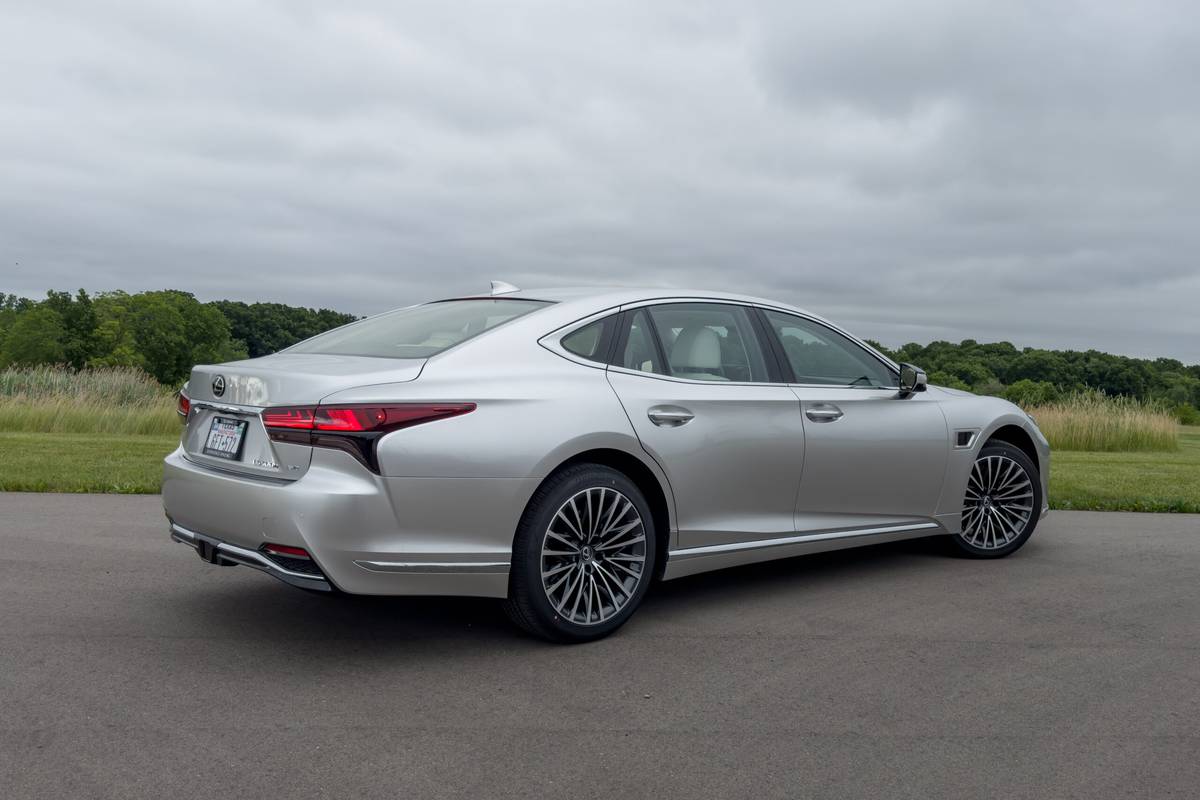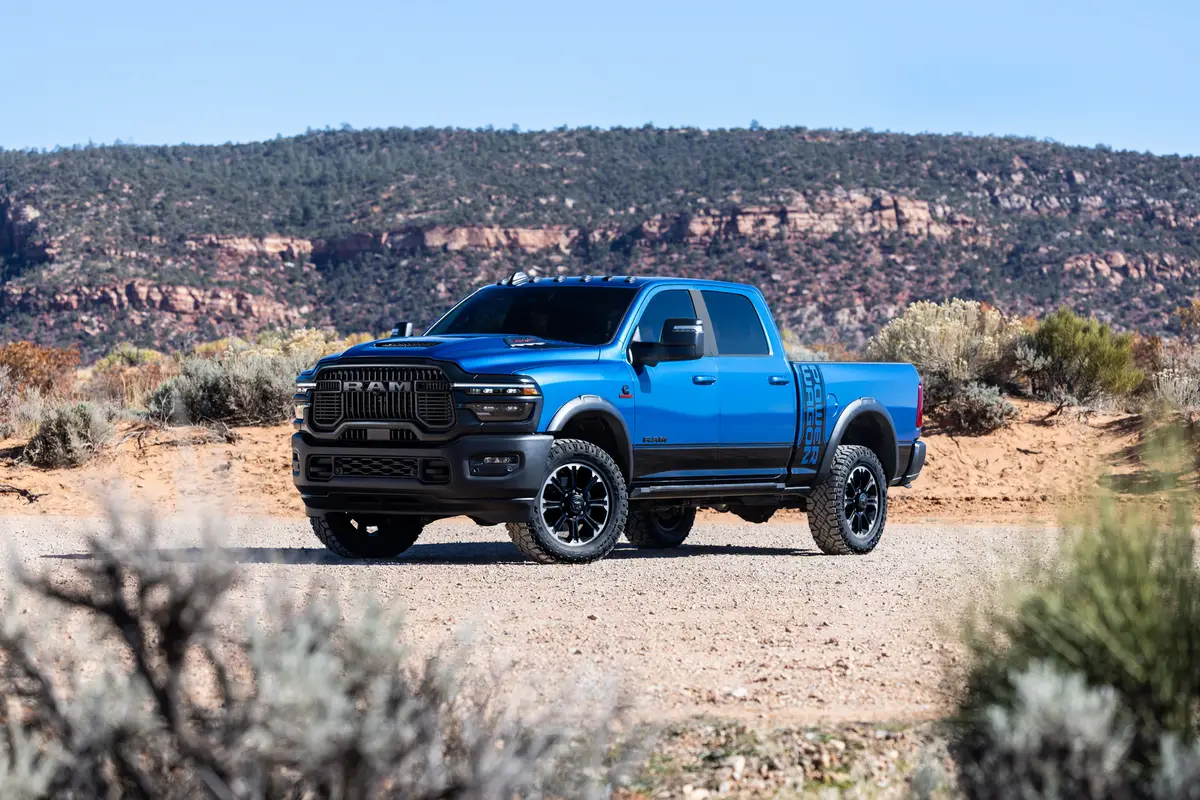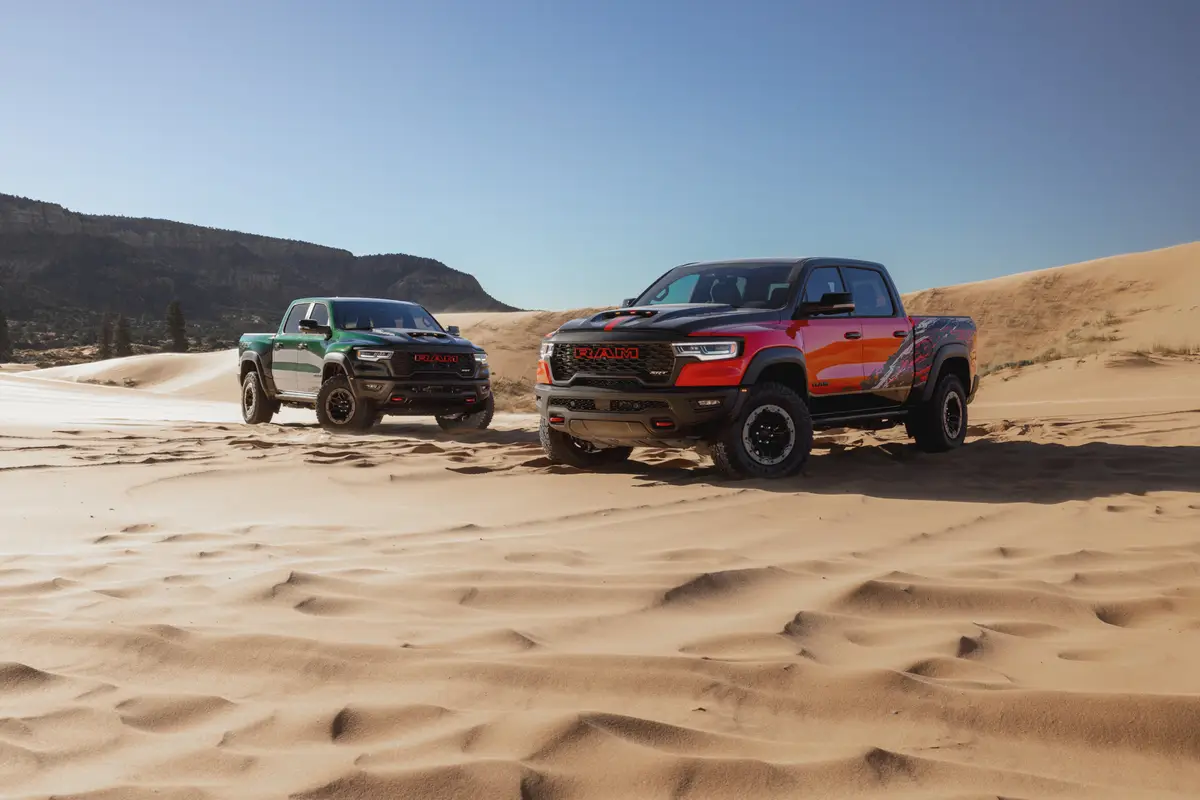Boston.com's view
Sometimes, it takes a more expensive car to really know how good a less expensive one is.
The pricey car was the BMW 128i. Stretching only 172 inches, nearly 9 inches shorter than a 3 series coupe, the 128i by its stature looked bound to be tossable and lively. The near 50-50 weight distribution, rear-wheel drive, a grunting inline-six and creamy six-speed automatic confirmed that thought. BMW’s obsession with fine-tuning its steering, suspension, and brakes really gave it the driver-centric polish that few other cars can match, and that’s the real reason journalists rave about these cars. Few other companies really care to go that far.
But BMW is also concerned with positioning its cars above reach of average earners. And $41,000 for a teeny two-door, no matter how great it drives, is as comical as the 1’s stubby exterior. Which explains why the 128i, as Bill Griffith noted in his April review, is a rare car on the road, even with around 6,500 cars sold in the US through July.
Meanwhile, for half that price, Mazda has sold roughly 24,000 of its newly redesigned 3 sedans and hatchbacks in the same time. Is it silly to compare a $21,000 Mazda to a BMW, especially when the Mazda isn’t the racy RX-8 or Mazdaspeed 3? No, because the BMW’s 10 percent higher fun factor – addictive as it is – isn’t worth 100 percent more.
Our 5-door Sport tester started at $19,980 with destination, which includes Bluetooth, power windows/mirrors/locks, trip computer, four-wheel independent suspension, 17-inch alloys, 6-speed manual transmission, and about five inches extra length over the 128i. Besides the requisite six airbags, ABS, and stability and traction control, our 3 added Sirius radio ($430) and a 10-speaker Bose sound system, 6-CD changer, and power moonroof package ($1,395) for $21,725.
It’s a tight, handsome package in and out. While the gaping, smiling front grill isn’t as big of an air intake as it seems – half of the plastic is filled – the styling statement, along with the large Mazda logo and swept headlights, is appropriately aggressive. A subtle roof spoiler rounds out the rear, along with chrome-tipped dual exhaust tips. It’s not a radical change from the previous 3 when viewed from the back at three-quarters, and like the outgoing models, the 3’s shape doesn’t suffer from cartoonish, overblown rocker panels and trim.
Inside is where the new model shines. The beige/black combo on our car was quite pleasant with silver-painted trim, blue LED accent lighting on the uncluttered center stack and front passenger footwells, and cutout red-faced gauges on the instrument cluster. Soft dashboard padding, tight panel gaps, high plastic quality (just as good, if not better, than the 1 Series), and a thin, leather-wrapped steering wheel with stereo and phone controls were very welcome in this economy segment.
Overfed drivers and their families won’t get comfortable in the 3, but I was, along with three similar-sized adults and a hatch full of large luggage. Perhaps it’s the sporty European in me, but I’ll always prefer good lateral support and a firm, supportive cushion on my back any day over a flat, wide sofa.
These seats kept me snug and relaxed as I threw the 3 into Boston traffic. There is little body roll, the settled suspension isn’t too firm, and the variable-assist steering is crisp and direct, if not a tad light on initial turn-in. Clutch take-up is easy to find and modulate in stop-and-go situations, the short-throw shifter a bit rubbery, unlike the 6 sedan we recently tested. (Part of that may be due to having little over 1,000 miles on the clock.)
When the road’s clear, exercising the 2.5 liter, 167 horsepower inline-4 (165 on our PZEV-spec motor) is a pleasure for more-than-adequate acceleration, though it won’t get you into trouble as fast as a Subaru WRX or the 263 horsepower Mazdaspeed 3. The engine and transmission are shared with the 6 sedan, and while vibrations are kept to a minimum, it’s obvious that much of the 6’s sound deadening and insulation were removed in the 3. It’s a louder car at any speed, but for a compact, it’s fair game.
Fuel economy during our 449-mile test was a combined 25 miles per gallon, right in between the EPA 21/29 rating. That’s disappointing for a car this size. However, the lighter Kia Soul, with its smaller 2.0 liter engine, returned only 22 miles per gallon in an earlier test this year.
There’s not much else on the 3 to complain about. Mild torque-steer, no separate volume controls for phone and stereo (when the music’s up, the ring is deafening), and like the 6, a surprisingly low top gear that keeps the engine at a high 3,000 rpm at a highway cruise are about it.
It’s a standout car, but there are also few 5-door hatches on the US market. That seems to be changing, what with the 2010 Honda Insight and upcoming 2011 Ford Fiesta.
Sure, the 1 Series will ruin the 3 on a twisty road, mostly because of the German car’s surefootedness at higher speeds. The 3 doesn’t quite have that extra edge.
For average Schumachers, though, this little Mazda is plenty of entertainment.
Latest news



